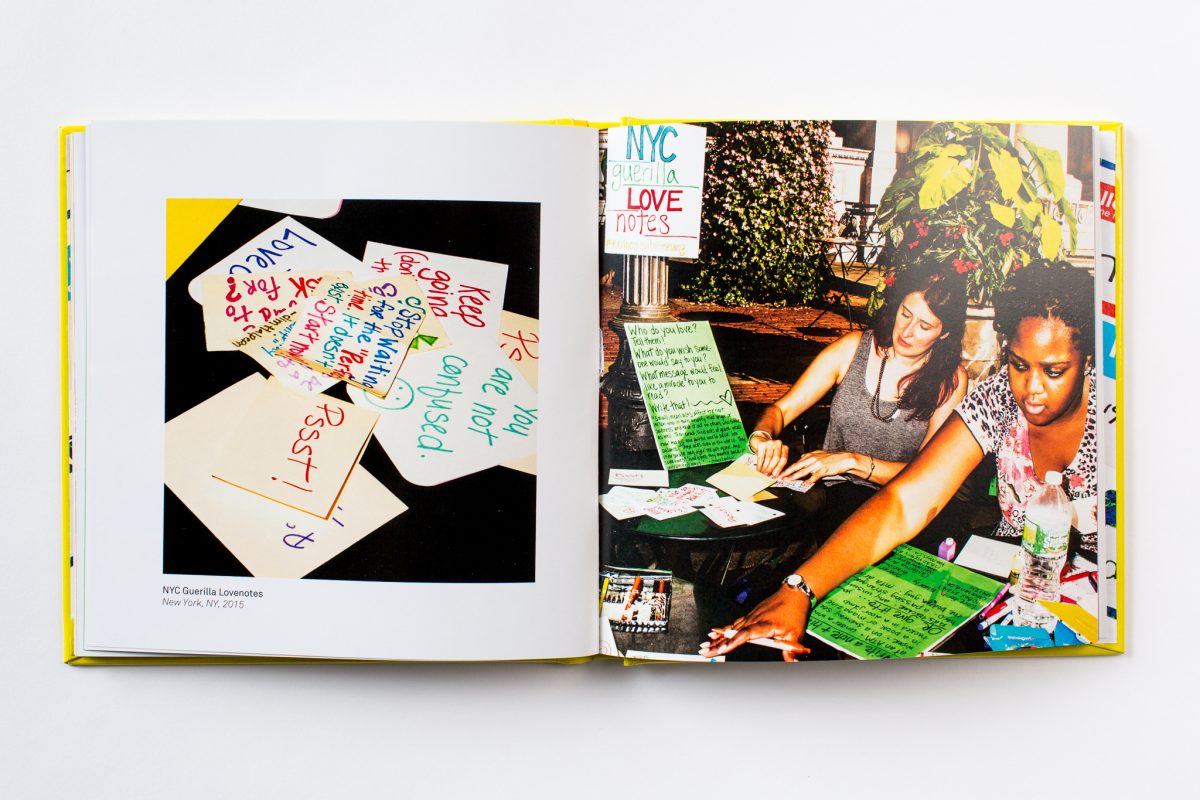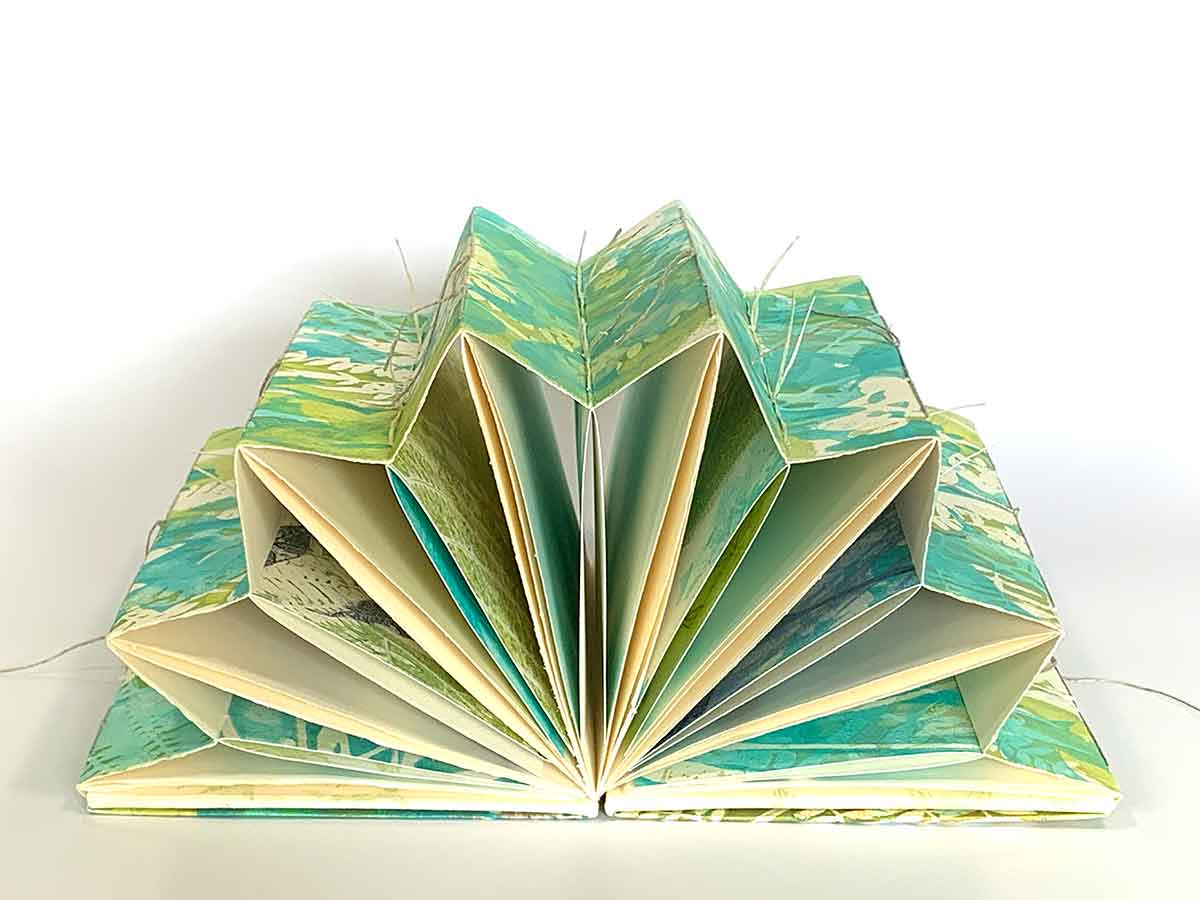How to Achieve Exhibition-Ready Results in Your art book Print
Wiki Article
Recognizing the Refine Behind Premium Art Book Printing for Art Enthusiasts
When it comes to top notch art book printing, understanding the ins and outs of the procedure can elevate your recognition for the last item. As you explore the different parts of art book printing, you'll uncover insights that might change your viewpoint on art preservation and presentation.The Value of Paper Option in Art Book Printing
When it comes to art book printing, the choice of paper can make or break the last item. You desire your art work to shine, and the best paper improves shade vibrancy and information. Consider factors like weight, structure, and surface; these aspects substantially influence how readers perceive your work.As an example, a much heavier supply shares top quality and durability, while a textured coating can add depth to images. Smooth paper is outstanding for comprehensive reproductions, enabling fine lines and subtle shades to appear crisp.
Do not forget concerning the paper's illumination; a brighter sheet can aid shades pop, making your art extra eye-catching. You'll also intend to consider exactly how the paper engages with inks and whether it can manage the printing process without deforming or bleed-through. Eventually, selecting the right paper sets the phase for your art, guaranteeing it catches the audience's focus simply as you imagined.
Selecting the Right Inks for Dynamic Reproductions
Picking the ideal inks is equally as important as picking high quality paper to accomplish vibrant recreations in your art book. When you're publishing artwork, you desire colors that pop and properly stand for the original item. Choose inks with a high pigment concentration; these often tend to create richer and more saturated shades.You might think about using historical inks, which resist fading gradually, ensuring your art book continues to be as striking as the day it was printed. If you're collaborating with photos or digitally created art, pigment-based inks can give a larger shade gamut, improving detail and depth.
Do not ignore the finish! Matte and glossy inks can significantly modify the appearance of your artwork, so think of the look you're intending to achieve - art book. Eventually, the appropriate ink choice matches your paper option, creating a sensational aesthetic experience for your readers
The Role of Shade Monitoring in Print Quality
Color administration plays a crucial role in accomplishing high print top quality for your art book. It assures that the colors you see on your screen equate precisely to the published web page. Without effective color administration, your lively art work might show up plain or distorted, undermining your innovative vision.To begin, adjust your display regularly. This step helps preserve constant color representation. Next, utilize shade accounts customized for your printer and paper kind. These accounts assist the printer in duplicating shades properly, lowering discrepancies in between electronic and published variations.
When you prepare your files, think about using a color room like Adobe RGB or CMYK, relying on your printer's requirements. Constantly proof your work, also; an examination print can expose any type of potential shade concerns prior to the final run. By prioritizing shade administration, you protect the integrity of your art, assuring your target market experiences it as you intended.

Comprehending Different Binding Methods
Achieving the excellent look for your art book exceeds color management; binding methods also play a considerable role in its general presentation and longevity. You have a number of alternatives to assess, each with its very own distinct features.If you're going for a specialist feel, situation binding supplies a durable alternative with a hard cover, best for showcasing your artwork. On the other hand, excellent binding provides an adaptable spine while keeping prices down, Full Report making it a popular option for softcover publications.
Spiral binding allows your art book to lay flat, which is wonderful for displaying pictures without obstruction. Meanwhile, saddle stitching is perfect for smaller sized pamphlets, giving a clean surface without the mass.
Inevitably, the binding strategy you choose ought to show your creative vision and just how you desire readers to engage with your work. Make certain to evaluate these choices meticulously to achieve the most effective outcome for your job.
The Effect of Print Dimension and Design on Discussion
While the option of print dimension and format might appear second to web content, they greatly influence how your artwork is perceived. The dimensions of your prints can either enhance or diminish the impact of your items. Bigger prints can attract visitors in, permitting them to value complex information, while smaller formats might require even more intimate involvement.
Preservation Strategies for Resilient Art Books
To ensure your art publications stand the test of time, it's crucial to execute reliable preservation methods. Usage acid-free storage boxes or protective sleeves to secure them from dust and physical damage.When managing your publications, always wash your hands or put on cotton gloves to prevent oils and dust moving onto the pages. Prevent flexing or wrinkling the spines; instead, make use of book sustains when displaying them.
For added defense, take into consideration purchasing archival-quality materials for any kind of repairs or enhancements. On a regular basis examine your collection for signs of wear or damage, dealing with concerns without delay. By following these easy methods, you can assure your art publications remain vibrant and available for many years ahead, maintaining their appeal and value for future generations.
Working together With Printers for Ideal Outcomes
When you prepare to publish your art book, selecting the ideal printer is important to accomplishing your vision. Clear interaction concerning your assumptions and needs will aid guarantee that both you and the printer get on the very same page. Let's check out just how to make this collaboration as smooth and reliable as feasible.Picking the Right Printer

Efficient Interaction Strategies
Effective communication is crucial for turning your art book vision into truth, particularly when teaming up with printers. art book. Start by clearly describing your job's objectives, consisting of layout elements, preferred materials, and any type of details printing methods. Do not wait to share your ideas and references; this helps the printer understand your aestheticEstablish routine check-ins to talk about development and attend to any kind of inquiries. Usage visuals, like mock-ups or examples, to communicate your concepts better. Be open to responses, as printers usually have valuable understandings that can boost your task. Preserve a positive relationship by being respectful and satisfied of their expertise. This cooperation will certainly ensure that your art book satisfies your expectations and shines in its last type.
Frequently Asked Inquiries
What Are Usual Errors to Avoid in Art Book Printing?
When publishing your art book, prevent common blunders like bad resolution images, wrong color profiles, and disregarding page layout. Do not fail to remember to check and verify details to validate your last product fulfills your expectations.Just How Does Digital Printing Differ From Conventional Printing Methods?
Digital printing utilizes digital documents to create prints straight, enabling for quicker turn-around and personalization. On the other hand, standard approaches include physical plates, which can be time-consuming and less flexible for little runs or one-of-a-kind styles.What Is the Regular Turnaround Time for Art Book Printing?
The regular turnaround time for art book printing differs, but you can expect it to take anywhere from a couple of weeks to several months. Aspects like intricacy, quantity, and printing technique all influence this timeline.Can I Print a Minimal Edition Art Book Economically?
You can publish a limited edition art book financially by selecting affordable products, optimizing view print runs, and using electronic printing options. Cautious preparation and budgeting will certainly help you accomplish top quality without spending too much.What Are the Ecological Factors To Consider in Art Book Printing?
When considering art book printing, you must think of green products, sustainable inks, and energy-efficient processes (art book). Selecting neighborhood printers can additionally reduce your carbon footprint, making your project both stunning and environmentally responsibleReport this wiki page